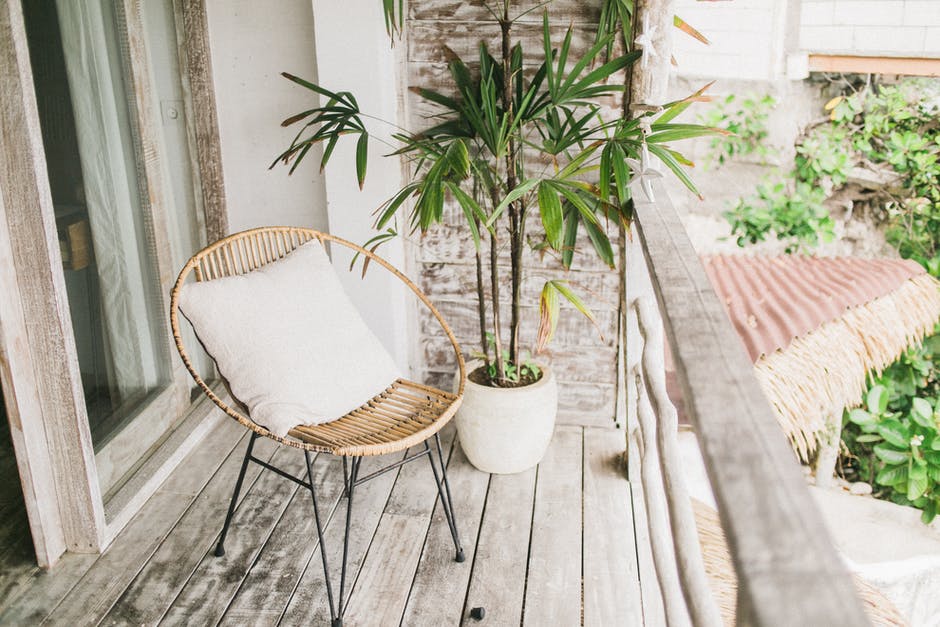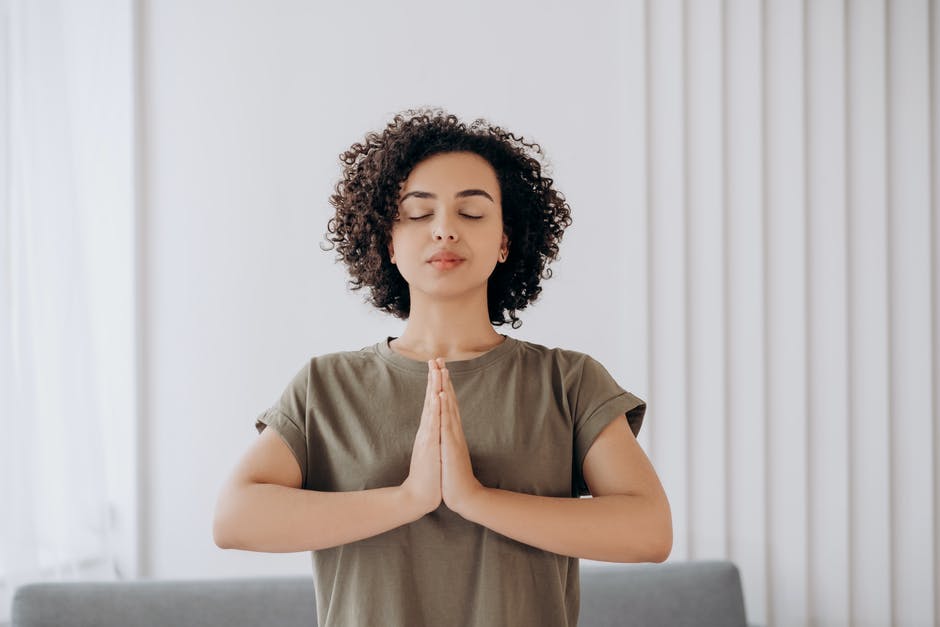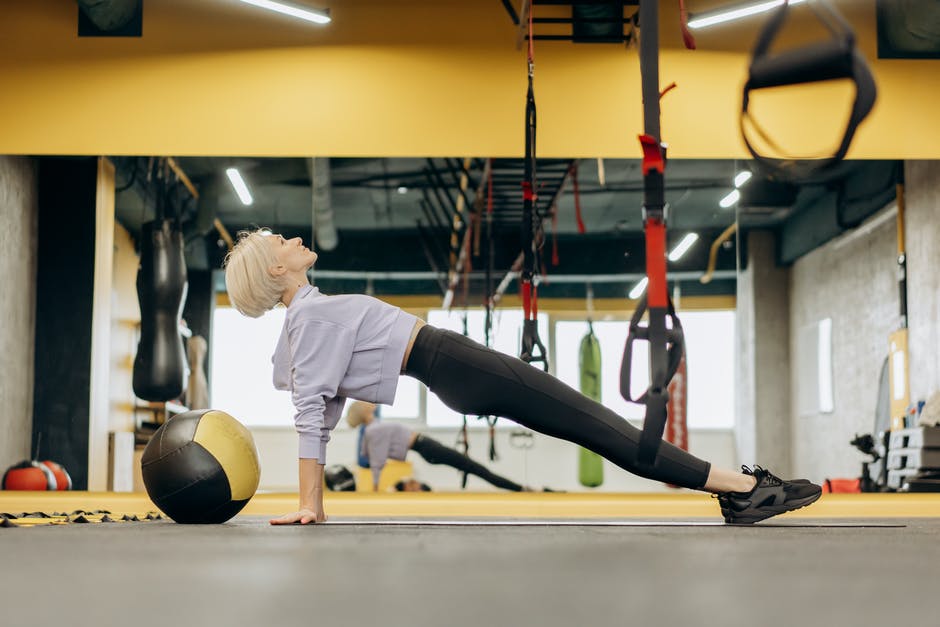Ist Ihr Leben oft hektisch? Wenn ja, werden Sie feststellen, dass Sie nicht in der Lage sind, Fitnessübungen durchzuführen.
Wie Sie wahrscheinlich wissen, ist tägliches Fitnesstraining effektiv für die Optimierung Ihrer allgemeinen Gesundheit. Jedoch aufgrund der vollen Terminkalender oder Sie davon ausgehen, dass Sie einen Widerstand oder anstrengende Cardio-Training im Fitnessstudio benötigen.
Die Wahrheit ist, dass wir nicht mehrere Geräte oder eine Mitgliedschaft im Fitnessstudio brauchen, um Gewicht zu verlieren, Muskeln aufzubauen oder ins Schwitzen zu kommen. Sie können gute Fitnessübungen in der Bequemlichkeit Ihres Zuhauses haben.
Die folgenden fünf Fitnessübungen, die Sie zu Hause machen können, zielen auf große Muskeln ab, die für Kernkraft und Stabilität sorgen können. Die gute Nachricht ist, dass Sie keine spezielle Ausrüstung benötigen. Außerdem können Sie die Übungen entweder in einer einzigen Trainingseinheit ausführen oder sie auf den ganzen Tag aufteilen.
1. Liegestütze
Auch wenn Liegestütze sehr simpel klingen, sind sie doch eine der effektivsten Übungen. Sie können die Intensität sogar durch Änderungen der Handhaltung modifizieren.
Führen Sie diese Übung durch:
-
Starten Sie in einer Plank-Position und stellen Sie sicher, dass Ihr Kern angespannt ist, der Nacken neutral ist und die Schultern nach unten und hinten gezogen sind.
-
Die Ellenbogen beugen und dann den Körper auf den Boden absenken. Strecken Sie die Ellbogen aus und beginnen Sie von vorn, wenn Ihre Brust den Boden streift. Halten Sie die Ellenbogen bei jeder Bewegung dicht am Körper.
-
Drei Sätze mit so vielen Wiederholungen wie möglich absolvieren.
2. Lunges
Lunges können ein wichtiger Teil Ihrer abgerundeten Trainingsroutine sein, da sie Ihr Gleichgewicht herausfordern. Sie trainieren außerdem die Gesäßmuskulatur und die Beinkraft und fördern funktionelle Bewegungen.
Führen Sie diese Übung durch…
-
Sie stehen mit den Füßen schulterbreit auseinander. Achten Sie darauf, dass Ihre Arme an den Seiten nach unten zeigen.
-
Mit dem rechten Bein einen einzelnen Schritt nach vorne machen. Als nächstes beugen Sie das rechte Knie und stoppen, sobald der Oberschenkel parallel zum Boden ist.
-
Den rechten Fuß abdrücken und zurück in die rechte Position gehen. Wiederholen Sie den Zyklus mit dem linken Bein.
-
Zehn Wiederholungen für drei Sätze absolvieren.
3. Kniebeugen
Wenn Sie Ihre Unterkörper Hauptmuskeln verbessern wollen, dann sind Kniebeugen eine perfekte Übung für Sie. Die Übung hilft auch dabei, die Oberschenkel und das Gesäß straff zu formen.
Machen Sie diese Übung mit
-
Stehen Sie gerade und stellen Sie die Füße etwas weiter als schulterbreit auseinander. Achten Sie darauf, dass die Arme an den Seiten sind.
-
Den Kern anspannen und den Chip und die Brust oben halten. Als Nächstes schieben Sie die Hüfte zurück, bevor Sie die Knie beugen.
-
Sicherstellen, dass die Oberschenkel parallel zum Boden sind. Bringen Sie die Arme bequem nach vorne und halten Sie eine Sekunde lang inne. Strecken Sie die Beine aus und gehen Sie zurück in die Ausgangsposition.
-
Drei Sätze à 20 Wiederholungen absolvieren.
4. Planks
Die Ausführung von Planks stärkt Ihre Bauchmuskeln. Außerdem stabilisiert die Übung den Rumpf.
Führen Sie diese Übung durch…
-
Starten Sie in einer Liegestützposition und achten Sie darauf, dass die Hände und Zehen fest auf dem Boden stehen. Achten Sie außerdem darauf, dass Ihre Körpermitte angespannt und Ihr Rücken gerade ist.
-
Halten Sie das Kinn ein wenig angezogen und blicken Sie vor die Hände.
-
tiefe und gut kontrollierte Atemzüge nehmen und eine Spannung im ganzen Körper aufrechterhalten.
-
zwei oder drei Sätze von 30 Sekunden Haltezeit zu Beginn absolvieren.
5. Burpees
Für ein effektives Ganzkörpertraining sollten Sie Burpees ausprobieren. Diese Übung ist dafür bekannt, dass sie die Muskelkraft und die kardiovaskuläre Ausdauer verbessert.
Führen Sie diese Übung mit…
-
aufrecht stehend mit den Füßen möglichst weit auseinander. Achten Sie darauf, dass die Arme an den Seiten sind.
-
Beginnen Sie, in die Hocke zu gehen, während die Hände nach vorne ausgestreckt sind. Sobald die Hände den Boden erreichen, beginnen Sie damit, die Beine gerade zurück in die Liegestützposition zu bringen.
-
Springen Sie mit den Füßen bis zu den Handflächen. Achten Sie darauf, dass die Füße nahe an den Händen sind und lassen Sie sie außerhalb der Hände landen.
-
aufrecht stehen und die Arme vor dem Sprung über den Kopf bringen.
-
drei Sätze von 10 Sätzen absolvieren.
Abschluss
Sie können Anfänger, Fortgeschrittene oder sogar Fortgeschrittene zu Hause trainieren und sicherstellen, dass Sie sie korrekt und konsequent ausführen. Diese Übungen können genauso effektiv sein wie die, die Sie normalerweise im Fitnessstudio sehen. Bei der Durchführung dieser Übungen ist es wichtig, sich auf das Krafttraining zu konzentrieren. Das liegt daran, dass Widerstandsübungen die fettfreie Masse erhöhen, besonders wenn Sie Muskeln aufbauen wollen.
Fanden Sie diesen Beitrag hilfreich? Lassen Sie es uns wissen, indem Sie Ihre Meinung im Kommentarbereich kundtun.




















